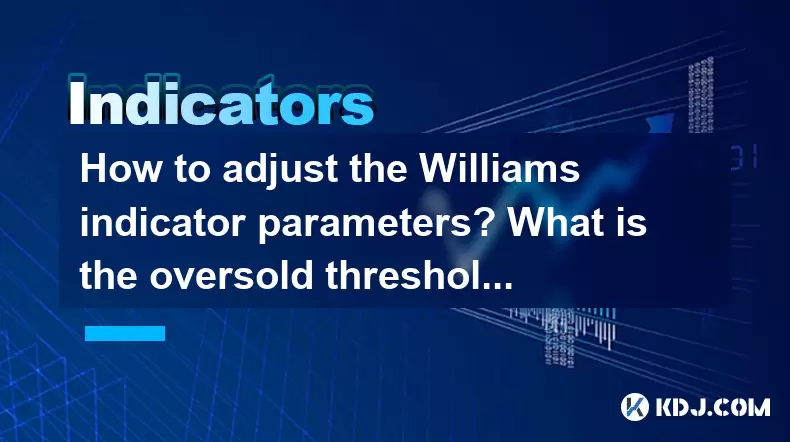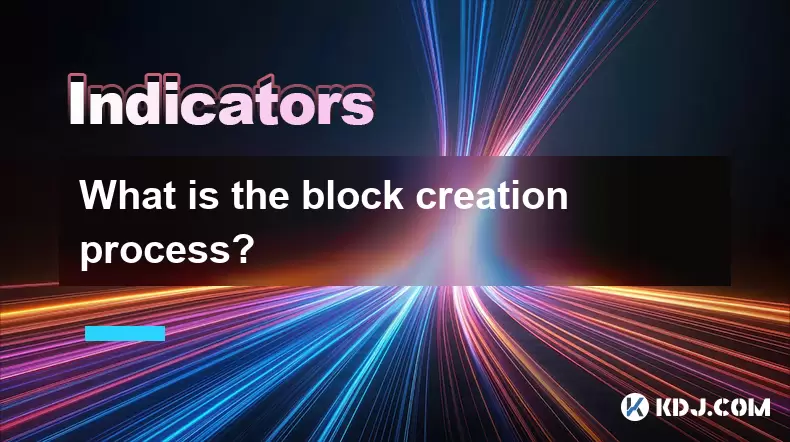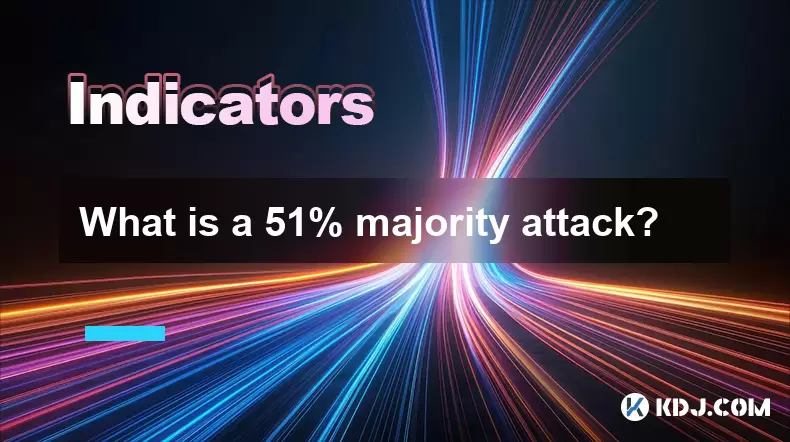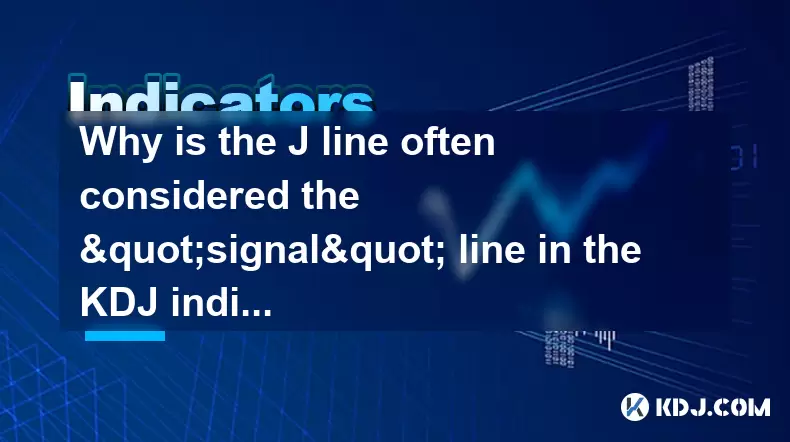-
 Bitcoin
Bitcoin $113900
-1.39% -
 Ethereum
Ethereum $3517
-4.15% -
 XRP
XRP $3.009
1.59% -
 Tether USDt
Tether USDt $0.9997
-0.04% -
 BNB
BNB $766.8
-1.41% -
 Solana
Solana $164.6
-2.38% -
 USDC
USDC $0.9998
-0.02% -
 TRON
TRON $0.3277
0.65% -
 Dogecoin
Dogecoin $0.2023
-1.67% -
 Cardano
Cardano $0.7246
0.05% -
 Hyperliquid
Hyperliquid $38.27
-4.77% -
 Sui
Sui $3.528
-0.52% -
 Stellar
Stellar $0.3890
-0.73% -
 Chainlink
Chainlink $16.16
-2.69% -
 Bitcoin Cash
Bitcoin Cash $539.9
-4.38% -
 Hedera
Hedera $0.2425
-2.00% -
 Avalanche
Avalanche $21.71
-0.97% -
 Toncoin
Toncoin $3.662
5.73% -
 Ethena USDe
Ethena USDe $1.000
-0.02% -
 UNUS SED LEO
UNUS SED LEO $8.964
0.35% -
 Litecoin
Litecoin $107.7
2.33% -
 Shiba Inu
Shiba Inu $0.00001223
-0.40% -
 Polkadot
Polkadot $3.617
-0.97% -
 Uniswap
Uniswap $9.052
-2.49% -
 Monero
Monero $295.1
-3.79% -
 Dai
Dai $0.9999
0.00% -
 Bitget Token
Bitget Token $4.315
-1.85% -
 Pepe
Pepe $0.00001060
0.11% -
 Cronos
Cronos $0.1342
-2.72% -
 Aave
Aave $256.0
-0.87%
How to adjust the Williams indicator parameters? What is the oversold threshold?
The Williams %R indicator, popular in crypto trading, measures market momentum and can be adjusted for sensitivity to optimize trading signals.
May 29, 2025 at 09:14 am

The Williams %R indicator is a momentum indicator that is used to identify overbought and oversold conditions in the market. It is particularly popular among traders in the cryptocurrency space due to its ability to signal potential reversal points in highly volatile assets. In this article, we will explore how to adjust the Williams %R indicator parameters and understand the concept of the oversold threshold.
Understanding the Williams %R Indicator
The Williams %R, developed by Larry Williams, is a technical analysis tool that measures the level of the close relative to the high-low range over a given period of time. The formula for calculating the Williams %R is as follows:
[ \text{Williams %R} = \frac{\text{Highest High} - \text{Close}}{\text{Highest High} - \text{Lowest Low}} \times -100 ]
The result of this calculation ranges from 0 to -100. A reading of 0 indicates that the close was at the highest point of the range, while a reading of -100 indicates that the close was at the lowest point of the range.
Default Parameters of the Williams %R Indicator
The default setting for the Williams %R indicator is typically set to a period of 14. This means that the indicator calculates the highest high and lowest low over the past 14 periods to determine its value. However, traders can adjust these parameters based on their trading strategy and the specific characteristics of the cryptocurrency they are trading.
How to Adjust the Williams %R Indicator Parameters
Adjusting the parameters of the Williams %R indicator can be done through most trading platforms that support technical analysis tools. Here is a detailed guide on how to do it:
- Open your trading platform: Ensure that you are using a platform that supports the Williams %R indicator, such as MetaTrader 4 or TradingView.
- Access the indicator settings: Navigate to the list of available indicators and select the Williams %R.
- Modify the period: Once the indicator is added to your chart, you can adjust the period setting. For instance, if you want to change it from the default 14 periods to 10 periods, enter '10' in the period field.
- Apply the changes: After entering the new period, apply the changes to see the updated Williams %R line on your chart.
Importance of Adjusting the Parameters
Adjusting the parameters of the Williams %R indicator can have a significant impact on the signals it generates. A shorter period, such as 7 or 10, will make the indicator more sensitive to price movements, potentially leading to more trading signals. Conversely, a longer period, such as 20 or 28, will smooth out the indicator and reduce the number of signals, which may be more suitable for longer-term trading strategies.
Understanding the Oversold Threshold
The oversold threshold for the Williams %R indicator is typically set at -80. When the indicator falls below this level, it suggests that the asset may be oversold, and a potential reversal to the upside could be imminent. However, this threshold can also be adjusted based on the specific market conditions and the trader's strategy.
How to Adjust the Oversold Threshold
Adjusting the oversold threshold involves setting a custom level that you believe better reflects the market conditions of the cryptocurrency you are trading. Here's how to do it:
- Open your trading platform: Use a platform that allows for customization of technical indicators.
- Access the indicator settings: Find the Williams %R indicator in your list of tools and open its settings.
- Modify the oversold level: Look for an option to set the oversold level. If the default is -80, you might want to adjust it to -75 or -85 based on your analysis.
- Apply the changes: Once you have set your desired oversold level, apply the changes to update the indicator on your chart.
Practical Application of the Adjusted Parameters
Once you have adjusted the parameters of the Williams %R indicator and set your custom oversold threshold, you can use these settings to inform your trading decisions. For example, if you have set a shorter period and a more conservative oversold threshold, you might be looking for quick, short-term trades based on the signals generated by the indicator.
Case Study: Adjusting Parameters for Bitcoin Trading
Let's consider a practical example of adjusting the Williams %R indicator parameters for trading Bitcoin. Suppose you are trading on a daily timeframe and you want to use the Williams %R to identify potential entry points for long positions.
- Adjust the period to 9: You decide to use a shorter period of 9 days to make the indicator more responsive to Bitcoin's price movements.
- Set the oversold threshold to -75: Given Bitcoin's volatility, you choose a slightly less conservative oversold threshold to catch potential reversals more quickly.
After applying these settings, you monitor the indicator closely. When the Williams %R drops below -75, you consider it a signal to enter a long position, anticipating a potential upward reversal in Bitcoin's price.
Monitoring and Fine-Tuning
It's important to monitor the performance of your adjusted Williams %R settings over time. If you find that the signals are too frequent and leading to false positives, you might need to increase the period or adjust the oversold threshold. Conversely, if the signals are too infrequent, you might need to decrease the period or make the oversold threshold less conservative.
FAQs
Q: Can the Williams %R indicator be used in conjunction with other indicators?
A: Yes, the Williams %R indicator can be effectively combined with other technical indicators such as the Relative Strength Index (RSI) or Moving Averages to confirm signals and enhance trading strategies.
Q: How does the Williams %R indicator perform in different market conditions?
A: The Williams %R indicator tends to perform well in trending markets, where it can effectively identify potential reversal points. However, in ranging markets, it may generate more false signals, requiring additional confirmation from other indicators.
Q: Is the Williams %R indicator suitable for all types of cryptocurrencies?
A: While the Williams %R indicator can be applied to any cryptocurrency, its effectiveness may vary depending on the asset's volatility and trading volume. It is often more reliable for high-volume, widely traded cryptocurrencies like Bitcoin and Ethereum.
Q: How often should I review and adjust the Williams %R indicator parameters?
A: It is advisable to review and potentially adjust the Williams %R indicator parameters periodically, especially if market conditions change significantly. A monthly review is a good starting point, but you may need to adjust more frequently based on your trading performance and market dynamics.
Disclaimer:info@kdj.com
The information provided is not trading advice. kdj.com does not assume any responsibility for any investments made based on the information provided in this article. Cryptocurrencies are highly volatile and it is highly recommended that you invest with caution after thorough research!
If you believe that the content used on this website infringes your copyright, please contact us immediately (info@kdj.com) and we will delete it promptly.
- Solana, Axiom Exchange, and Revenue: Navigating the Future of DeFi
- 2025-08-02 12:50:12
- Cardano (ADA) and Altcoin Gains: Navigating the Crypto Landscape
- 2025-08-02 12:55:11
- Bitcoin's Bearish Momentum: Fakeout or the Real Deal?
- 2025-08-02 12:30:12
- Ethereum's Rocky Climb: Analysts Eye New ATH Despite Recent Dip
- 2025-08-02 10:30:11
- Ethereum Price, ETF Inflows, and ETH Tokens: What's Driving the Market?
- 2025-08-02 10:50:12
- Ethereum, ADA, and Price Support: What's Next for These Crypto Titans?
- 2025-08-02 10:50:12
Related knowledge

What is the lifecycle of a blockchain transaction?
Aug 01,2025 at 07:56pm
Initiation of a Blockchain TransactionA blockchain transaction begins when a user decides to transfer digital assets from one wallet to another. This ...

What is the block creation process?
Aug 02,2025 at 02:35am
Understanding the Block Creation Process in CryptocurrencyThe block creation process is a fundamental mechanism in blockchain networks that enables th...

How do I secure my private key?
Aug 01,2025 at 05:14pm
Understanding the Importance of Private Key SecurityYour private key is the most critical component of your cryptocurrency ownership. It is a cryptogr...

What is a 51% majority attack?
Aug 01,2025 at 09:15pm
Understanding the Concept of a 51% Majority AttackA 51% majority attack occurs when a single entity or group gains control over more than half of a bl...

What is Practical Byzantine Fault Tolerance (PBFT)?
Aug 02,2025 at 06:42am
Understanding the Byzantine Generals ProblemThe foundation of Practical Byzantine Fault Tolerance (PBFT) lies in solving the Byzantine Generals Proble...

Why is the J line often considered the "signal" line in the KDJ indicator?
Aug 01,2025 at 07:28pm
Understanding the KDJ Indicator StructureThe KDJ indicator is a momentum oscillator widely used in cryptocurrency trading to identify overbought and o...

What is the lifecycle of a blockchain transaction?
Aug 01,2025 at 07:56pm
Initiation of a Blockchain TransactionA blockchain transaction begins when a user decides to transfer digital assets from one wallet to another. This ...

What is the block creation process?
Aug 02,2025 at 02:35am
Understanding the Block Creation Process in CryptocurrencyThe block creation process is a fundamental mechanism in blockchain networks that enables th...

How do I secure my private key?
Aug 01,2025 at 05:14pm
Understanding the Importance of Private Key SecurityYour private key is the most critical component of your cryptocurrency ownership. It is a cryptogr...

What is a 51% majority attack?
Aug 01,2025 at 09:15pm
Understanding the Concept of a 51% Majority AttackA 51% majority attack occurs when a single entity or group gains control over more than half of a bl...

What is Practical Byzantine Fault Tolerance (PBFT)?
Aug 02,2025 at 06:42am
Understanding the Byzantine Generals ProblemThe foundation of Practical Byzantine Fault Tolerance (PBFT) lies in solving the Byzantine Generals Proble...

Why is the J line often considered the "signal" line in the KDJ indicator?
Aug 01,2025 at 07:28pm
Understanding the KDJ Indicator StructureThe KDJ indicator is a momentum oscillator widely used in cryptocurrency trading to identify overbought and o...
See all articles

























































































